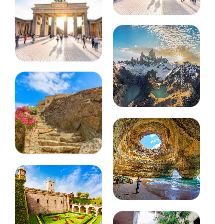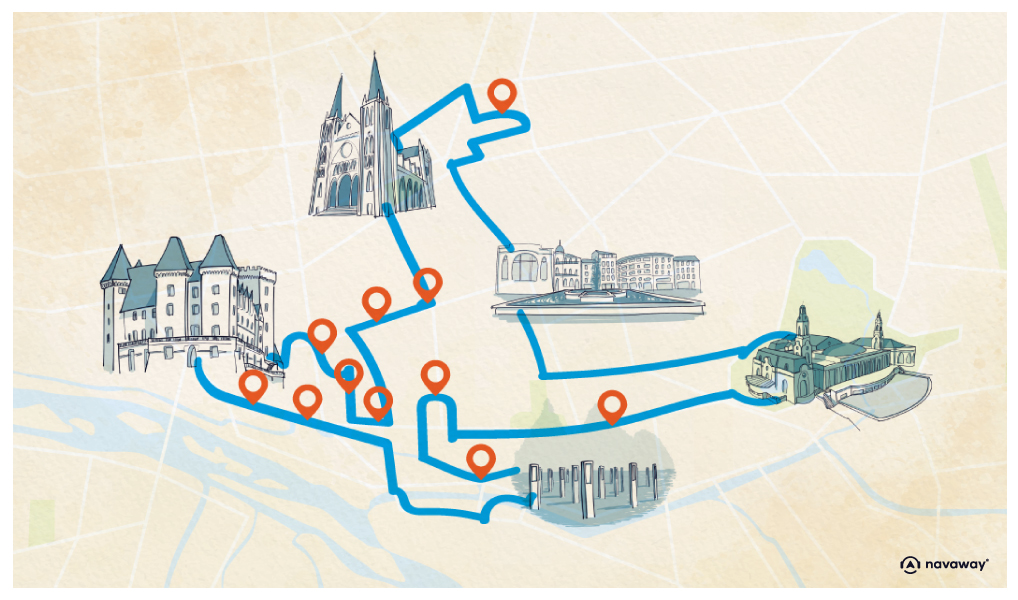
Secret Pyrenees Rides: Wild Horses & Lakes
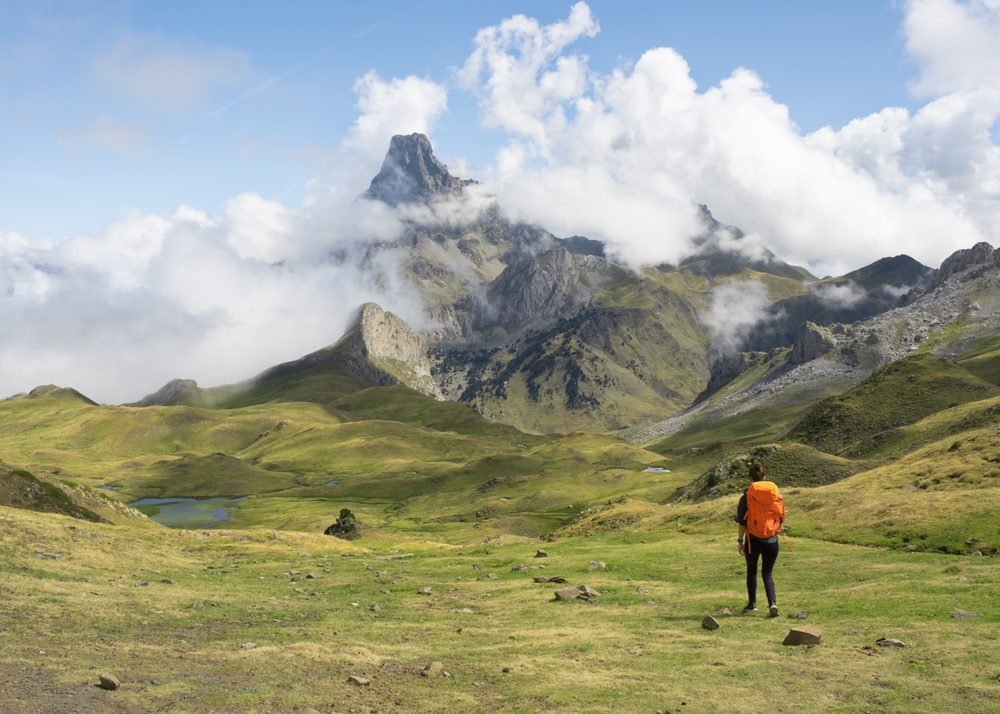
The Pyrenees hold unsuspected treasures for hikers in search of authenticity. Far from the overcrowded trails, these secret itineraries will lead you to majestic landscapes where wild horses and herds graze freely. From sparkling high-altitude lakes to vertiginous glacial cirques and unspoilt valleys, these secret walks in the Pyrenees promise intense emotions and unforgettable encounters with nature as wild as ever. Get your hiking boots and camera ready: the adventure begins now.

You can also read about it in the Pyrenees guide :
- The most beautiful villages to visit around Bayonne
- The 16 most beautiful lakes in the Pyrenees
- Visiting the Pyrenees: 20 must-dos
- 9 walks around Biarritz on the Basque coast
- The 6 best surf spots in Biarritz
- What to do in the Basque Country
- Nouvelle-Aquitaine: Must-sees and must-dos
- Top 5 things to do in San Sebastian
- France’s most beautiful national and nature parks
- Top 10 culinary specialities in Biarritz
1. The Ayous lakes and the Pic du Midi d’Ossau: the jewel of the Ossau valley
Nestling in the Pyrénées-Atlantiques, the loop of the Ayous lakes is undoubtedly one of the most emblematic hikes in the Pyrenees. This 14-kilometre route takes in no fewer than five high-altitude lakes, each offering a different reflection of the majestic Pic du Midi d’Ossau, which rises to 2,884 metres. You start from the car park at Lac de Bious-Artigues, accessible from the village of Laruns.
The route climbs steadily through a pine forest, before leading to high altitude pastures where horses often graze freely. You’ll come across Lac Roumassot (1,845 m), Lac du Miey (1,914 m), Lac Gentau (1,947 m) where you’ll find the refuge d’Ayous, then Lac Bersau (2,083 m) and Lac Castérau (1,943 m). Each lake offers a unique view of the Pic du Midi d’Ossau, nicknamed the “Jean-Pierre” by the locals because of its characteristic two-peak shape.
Practical info: Allow 5 to 6 hours for the complete loop, with 650 metres of ascent. Level: intermediate. The best period is from June to October, except when there is snow.
2. The Plateau de Beille and Mérens horses in Ariege
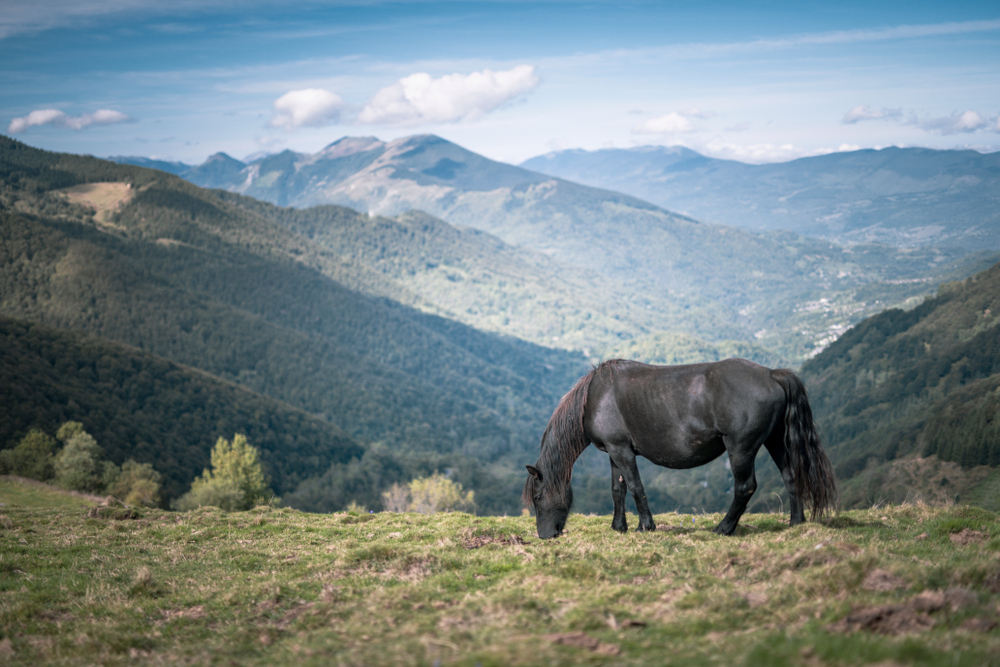
A real well-kept secret in the Ariège, the Plateau de Beille is an accessible walk that plunges you into the heart of an exceptional pastoral landscape. Perched at an altitude of 1,800 metres, this summer pasture plateau is home to transhumant herds of cattle and, above all, herds of Mérens horses, the magnificent black equines emblematic of the Ariège Pyrenees.
The Mérens, nicknamed the “black prince of the Pyrenees”, lives here in semi-liberty in a setting of rolling meadows bordered by fir forests. Watching these hardy horses evolve in their natural environment is a magical experience, particularly at sunrise or sunset when the low-angled light sublimates the relief of the plateau. The foals frolic alongside their mothers, while the stallions watch over their herds with natural majesty.
The Plateau de Beille also offers exceptional panoramic views of the surrounding peaks and is an ideal starting point for more challenging hikes to the border ridges. In winter, the site is transformed into a Nordic ski resort, but it’s in summer that the magic really happens.
Practical info: Road access to the plateau from Les Cabannes. There are several signposted trails to explore the mountain pastures. Levels: easy to medium depending on the route chosen.
3. The Gavarnie cirque: a grandiose natural amphitheatre
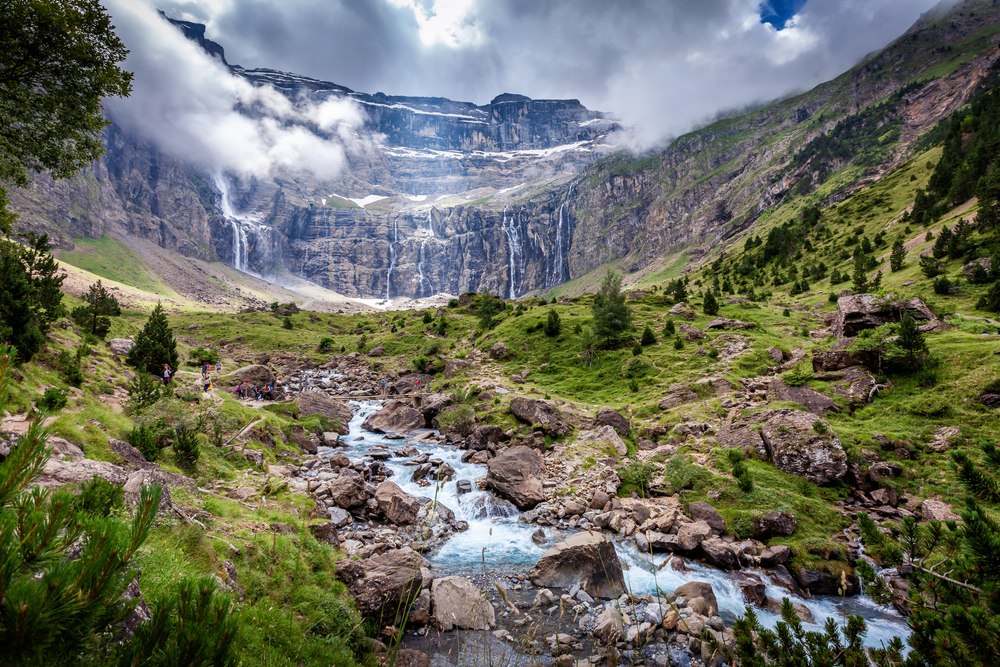
Listed as a UNESCO World Heritage Site, the Gavarnie cirque remains a must-see destination for any hiker travelling through the Hautes-Pyrénées. Although the site attracts many visitors, it still retains a majestic, wild character that commands admiration. The limestone cliffs rise to a height of 1,500 metres, forming a spectacular natural amphitheatre at the foot of which the 427-metre-high Grande Cascade cascades down.
The classic path from the village of Gavarnie is a family-friendly 8-kilometre round trip with just 200 metres of ascent. However, for a more secret and immersive experience, opt for the route via the Espugues ledge, which offers breathtaking views of the cirque. This more sporty variant allows you to admire the waterfall from a different angle and to pass far fewer people.
For the more adventurous, the ascent to the Brèche de Roland, the legendary gap that separates France from Spain at an altitude of 2,807 metres, is an ambitious but unforgettable goal. The view from this legendary pass over both sides of the Pyrenees is well worth the effort.
Practical info: Gavarnie village accessible from Luz-Saint-Sauveur. Classic route: 3 hours round trip, easy level. Brèche de Roland: 8 hours round trip, difficult level, altitude difference 1,400 m.
4. Lac d’Estaing: the secret pearl of the Hautes-Pyrénées
Less well-known than its neighbours but just as magnificent, Lac d’Estaing nestles at an altitude of 1,163 metres in a wooded mountain setting. This natural reservoir offers a peaceful, unspoilt setting, ideal for a family hike or a first taste of mountain walking. Accessible by car from the village of Estaing, the lake is an excellent starting point for more advanced excursions.
It takes just an hour to walk around the lake on an easy path winding between forest and shore. But seasoned hikers can push on to the Plaa de Prat lake (another 1h30, 495 m ascent) or even to the Ilhéou refuge, nestling at 1,985 metres in a sumptuous glacial cirque. These extensions allow you to immerse yourself in unspoilt high-mountain landscapes where the wild fauna (marmots, isards, birds of prey) reign supreme.
In summer, shepherds lead their flocks to these mountain pastures, and it’s not uncommon to come across sheep, cows and horses grazing peacefully on the banks of streams. The pastoral atmosphere that emanates from these encounters reinforces the feeling of being out of time, in a world where man and nature still coexist harmoniously.
Practical info: Road access to the lake from the village of Estaing. Round the lake: 1 hour, very easy level. Extension to Plaa de Prat lake: medium level.
5. The Aure valley and Néouvielle lakes: a biodiversity sanctuary
The Néouvielle nature reserve, accessible from Saint-Lary-Soulan in the Aure valley, is home to no fewer than 70 lakes and laquets scattered across a breathtaking mineral landscape. This biodiversity sanctuary, protected since 1936, is one of the oldest nature reserves in France. Hundred-year-old hooked pines stand side by side with rhododendrons and bilberries, creating a unique ecosystem.
Among the secret hikes in the Pyrenees, the Lacs d’Aumar et d’Aubert trail is an accessible classic that reveals all the beauty of this granite massif. The path winds between rocky chaos and alpine meadows, offering new views of the turquoise lakes at every turn. The most courageous will push on to the Cap de Long lake, a majestic body of water dominated by the Néouvielle peak (3,091 m).
The site’s rich ornithological diversity also makes it a bird-watcher’s paradise: bearded vultures, golden eagles, rock ptarmigan and yellow-billed ducks frequent these heights. If you’re lucky and patient, you’ll also spot marmots, isards and even capercaillie in the undergrowth.
Practical info: Route des lacs open from late May to early November (ask beforehand). Aumar-Aubert circuit: 2h30, easy level. Extension to Cap de Long: 4 to 5 hours, medium level.
6. The Kakuetta gorges and the pottoks of the Basque Country
A radical change of atmosphere comes with the gorges de Kakuetta, a spectacular canyon carved out of the limestone of the Haute-Soule 80 million years ago. This easy but breathtaking hike takes you into a mineral and aquatic world where the torrent roars between vertiginous walls 200 to 350 metres high. The lush, almost tropical vegetation clinging to the cliffs creates a mysterious atmosphere.
Important note: The Kakuetta gorge is currently closed for safety and modernisation work. Reopening is scheduled for 2026-2027. In the meantime, there are plenty of other wonders to be admired on walks in the hills above the Basque Country.
The inland Basque country offers some magnificent walks where you can come across the famous pottoks, the little wild horses that are emblematic of the region. On the Rhune, Baïgura, Artzamendi and Ursuya mountain ranges, these rustic ponies live in semi-liberty, perpetuating an age-old tradition. Standing around 1.30 metres tall and generally black or bay in colour, these stocky equines graze peacefully on the mountainsides, indifferent to hikers who pass respectfully by.
The ascent of Mont Baïgura (897 m) from the eponymous leisure centre is a beautiful 3 to 4 hour loop offering 360° panoramic views of the Basque Pyrenees and the Atlantic Ocean. The meadows covered in golden ferns in autumn and herds of pottoks galloping in the distance make for unforgettable scenery.
Practical info: Mont Baïgura is accessible from Macaye. Several possible itineraries, from 2h to 4h depending on the loop chosen. Level: medium. Watch the Pottoks from a distance without disturbing them.
7. The Aspe valley and the Chemin de la Mâture: a historical walk
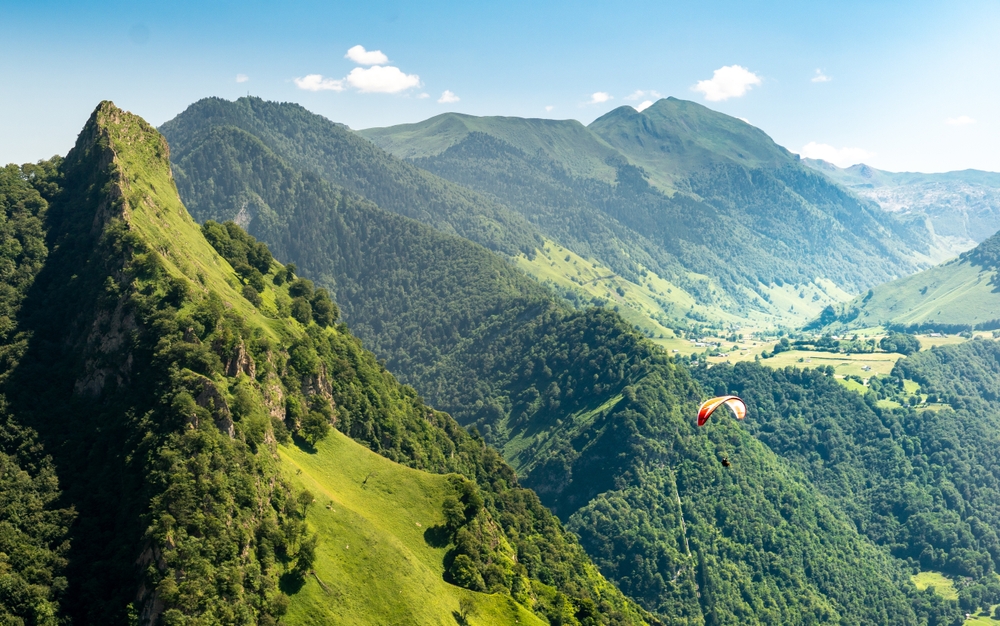
Among the secret walks in the Pyrenees, the Chemin de la Mâture in the Vallée d’Aspe deserves a special mention for its exceptional historical character. This spectacular path, carved into the side of a cliff in the 18th century, was used to carry the masts of the Royal Navy from the valley’s forests to Béarn. Only 1.50 metres wide in places, it overlooks the Gave d’Aspe for several hundred metres.
The walk, accessible from Etsaut, first skirts the banks of the river Gave before beginning a gradual ascent through the beech forest. Then comes the breathtaking moment when the path takes on the vertiginous cornice. The sensations are guaranteed, even if cables secure the most exposed sections. Once you’ve climbed the Chemin de la Mâture, you can push on to the Col d’Arras (1,614 m), which offers plunging views over the valley.
The Vallée d’Aspe, the wildest of the three Béarn valleys, is home to other treasures such as the Lescun cirque, the Ansabère huts and the Lac du Montagnon, a famous bivouac spot. This authentic valley, untouched by mass tourism, offers total immersion in the Pyrenean mountains.
Practical info: Departure from Etsaut. Chemin de la Mâture round trip: 3h30, 400 m ascent. Difficulty level: moderate but vertiginous sections (not recommended for those prone to vertigo). Extension to the Col d’Arras: 6 hours, fitness level.
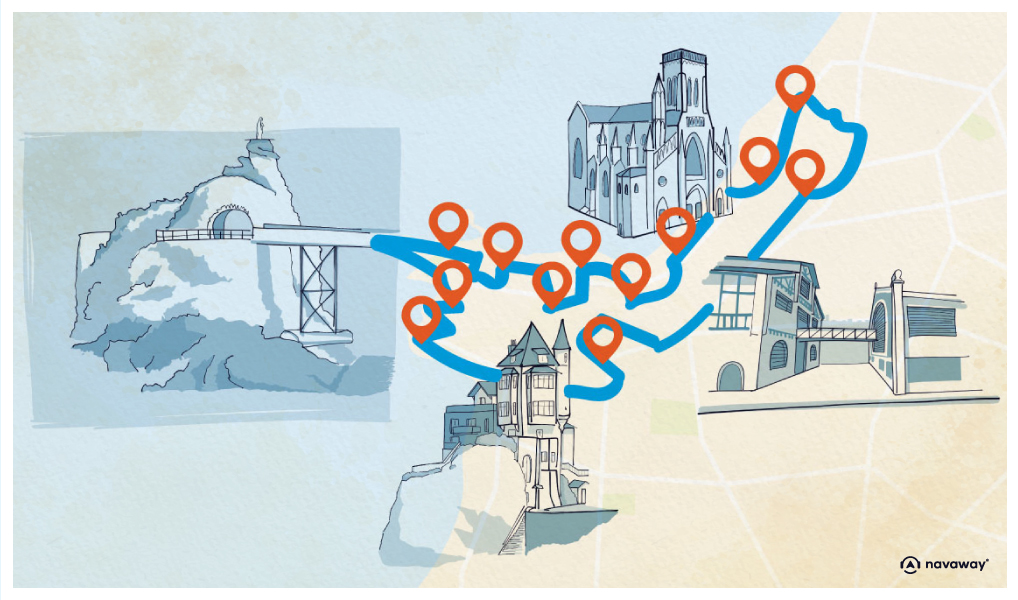
Practical tips for secret walks in the Pyrenees
When should you leave?
The best time to hike in the Pyrenees is from June to October. June offers lush green landscapes and exceptional flowering, but some passes may still be covered in snow. July-August guarantees optimum conditions at altitude, although the best-known sites are busier. September-October is full of surprises, with magnificent autumn colours and fewer visitors, but watch out for the first snow at the end of October at high altitude.
Recommended equipment
To make the most of your secret walks in the Pyrenees, make sure you’re properly equipped: hiking boots with notched soles, layered clothing (3-layer system), waterproof windbreaker, walking sticks, hat and sunglasses, sun cream, water bottle (at least 1.5 litres), energy snacks, first-aid kit, IGN map and/or GPS application, charged phone and whistle.
Respecting nature and wildlife
The Pyrenees are home to an exceptional biodiversity that must be protected. Stay on the marked footpaths, don’t leave any rubbish behind, respect the peace and quiet of the wildlife (observe from a distance, no feeding), keep dogs on a lead, close fences and gates, respect breeding periods and quiet areas. Wild horses, Pottoks and Merens, must be observed without being approached or disturbed.
Mountain safety
The mountains present dangers that should not be underestimated. Check the weather forecast before setting off and adapt your route if necessary. Let someone know where you are going and when you expect to be back. Leave early in the morning to avoid afternoon thunderstorms in summer. Make an honest assessment of your physical condition and experience. If you have any problems, dial 112 (European emergency number) or contact the PGHM (Peloton de Gendarmerie de Haute Montagne).
In conclusion, secret hikes in the Pyrenees offer a rare diversity of landscapes and experiences. From the sparkling high-altitude lakes of the Ossau valley to the Mérens horses of the Plateau de Beille, via the Pottoks of the Basque country and the majestic cirques of the Hautes-Pyrénées, each itinerary has its share of surprises and wonder. These unspoilt trails allow you to reconnect with authentic nature, where man is just a respectful visitor. So lace up your boots, pack your rucksack and set off to discover these Pyrenean gems that are just waiting for you. The mountains are waiting to welcome you, and the wild horses are already watching you from their mountain pastures.
FAQ : Secret walks in the Pyrenees
What’s the most beautiful hike in the Pyrenees?
The Pyrenees are so full of nuggets that it’s hard to name THE most beautiful hike. The Ayous lakes, with views of the Pic du Midi d’Ossau, the Gavarnie cirque and the Brèche de Roland, or the tour of the Néouvielle massif are among the must-dos. For a more secret experience, opt for the Plateau de Beille, Lac d’Estaing or the hikes in the Vallée d’Aspe.
Where can you see wild horses in the Pyrenees?
Mérens horses are found mainly on the Beille plateau in Ariège, but also in the summer pastures of the Ossau valley and around the Ayous lakes. Pottoks, the small horses of the Basque country, live in semi-liberty on the Rhune, Baïgura, Artzamendi and Ursuya ranges. The best time to see them is in summer, when they graze in the mountain pastures.
Are hikes in the Pyrenees accessible to beginners?
Yes, there are many walks to suit all levels. The tour of Lac d’Estaing, the classic path to the Gavarnie cirque or the walk around the Néouvielle lakes are ideal for families and beginners. On the other hand, the ascent of the Brèche de Roland, the Chemin de la Mâture and certain high-altitude sections require good physical condition and mountain experience.
Can you bivouac in the Pyrenees?
Bivouacs are permitted in the Pyrenees National Park between 7pm and 9am, more than an hour’s walk from the park boundary and access roads. Camping is prohibited. Outside the park, regulations vary by department and commune. Always check with local tourist offices. In all cases, respect the “leave no trace” principles: don’t leave any waste behind and protect the environment.
When is the best time to go hiking in the Pyrenees?
The ideal period is from June to October. June offers lush greenery and flowers, July-August guarantees stable conditions at altitude (but more people), while September-October seduces with its autumn colours and tranquillity. Spring (April-May) and autumn (October-November) are also very pleasant for mid-mountain routes such as the Basque country and the valleys.
200 audioguided tours for cities all around the world
Download